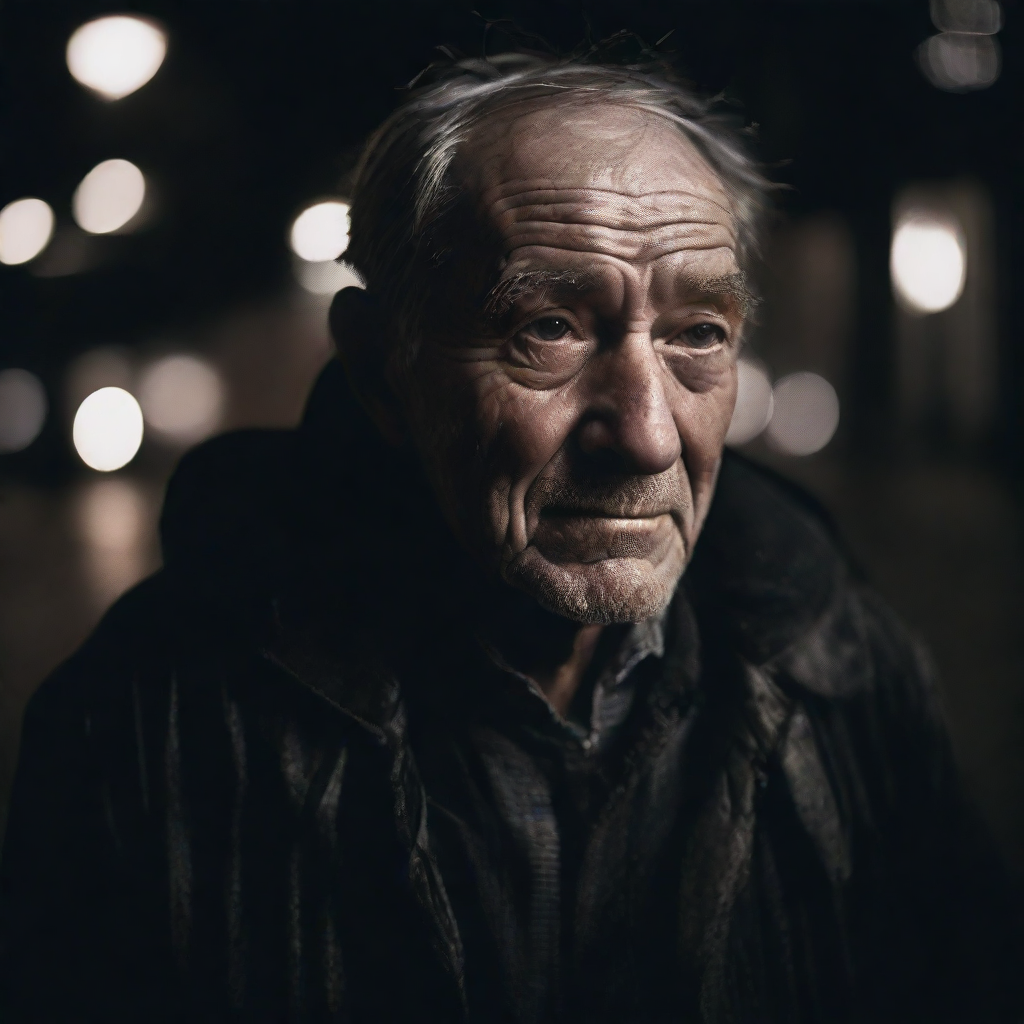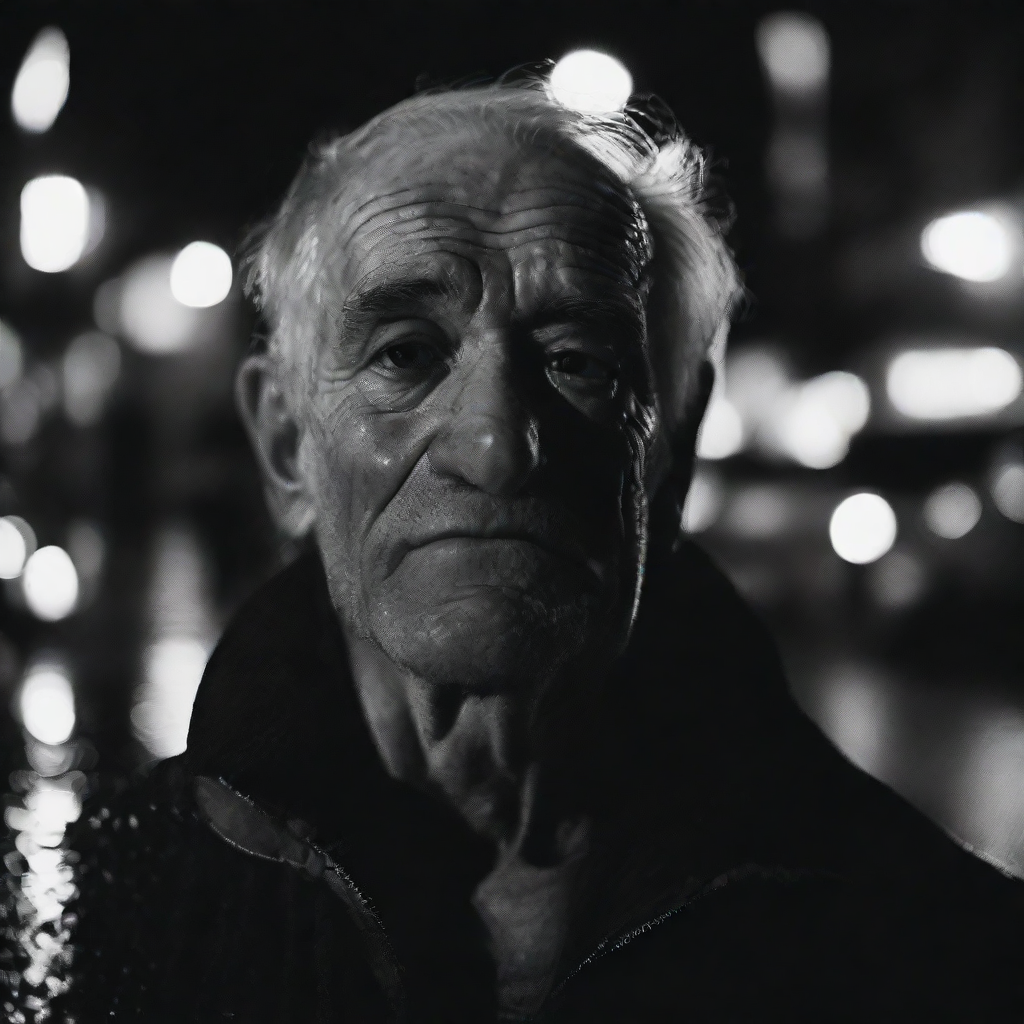One More Step
One More Step (OMS) module was proposed in One More Step: A Versatile Plug-and-Play Module for Rectifying Diffusion Schedule Flaws and Enhancing Low-Frequency Controls by Minghui Hu, Jianbin Zheng, Chuanxia Zheng, Tat-Jen Cham et al.
By adding one small step on the top the sampling process, we can address the issues caused by the current schedule flaws of diffusion models without changing the original model parameters. This also allows for some control over low-frequency information, such as color.
Our model is versatile and can be integrated into almost all widely-used Stable Diffusion frameworks. It's compatible with community favorites such as LoRA, ControlNet, Adapter, and foundational models.
Usage
OMS now is supported 🤗 diffusers with a customized pipeline github. To run the model (especially with LCM variant), first install the latest version of diffusers library as well as accelerate and transformers.
pip install --upgrade pip
pip install --upgrade diffusers transformers accelerate
And then we clone the repo
git clone https://github.com/mhh0318/OneMoreStep.git
cd OneMoreStep
SDXL
The OMS module can be loaded with SDXL base model stabilityai/stable-diffusion-xl-base-1.0.
And all the SDXL based model and its LoRA can share the same OMS h1t/oms_b_openclip_xl.
Here is an example for SDXL with LCM-LoRA. Firstly import the related packages and choose SDXL based backbone and LoRA:
import torch
from diffusers import StableDiffusionXLPipeline, LCMScheduler
sd_pipe = StableDiffusionXLPipeline.from_pretrained("stabilityai/stable-diffusion-xl-base-1.0", torch_dtype=torch.float16, variant="fp16", add_watermarker=False).to('cuda')
sd_scheduler = LCMScheduler.from_config(sd_pipe.scheduler.config)
sd_pipe.load_lora_weights('latent-consistency/lcm-lora-sdxl', variant="fp16")
Following import the customized OMS pipeline to wrap the backbone and add OMS for sampling. We have uploaded the .safetensors to HuggingFace Hub. There are 2 choices for SDXL backbone currently, one is base OMS module with OpenCLIP text encoder h1t/oms_b_openclip_xl) and the other is large OMS module with two text encoder followed by SDXL architecture h1t/oms_l_mixclip_xl).
from diffusers_patch import OMSPipeline
pipe = OMSPipeline.from_pretrained('h1t/oms_b_openclip_xl', sd_pipeline = sd_pipe, torch_dtype=torch.float16, variant="fp16", trust_remote_code=True, sd_scheduler=sd_scheduler)
pipe.to('cuda')
After setting a random seed, we can easily generate images with the OMS module.
prompt = 'close-up photography of old man standing in the rain at night, in a street lit by lamps, leica 35mm summilux'
generator = torch.Generator(device=pipe.device).manual_seed(1024)
image = pipe(prompt, guidance_scale=1, num_inference_steps=4, generator=generator)
image['images'][0]
Or we can offload the OMS module and generate a image only using backbone
image = pipe(prompt, guidance_scale=1, num_inference_steps=4, generator=generator, oms_flag=False)
image['images'][0]
For more models and more functions like diverse prompt, please refer to OMS Repo.
- Downloads last month
- 0
Model tree for h1t/oms_b_openclip_xl
Base model
stabilityai/stable-diffusion-xl-base-1.0
